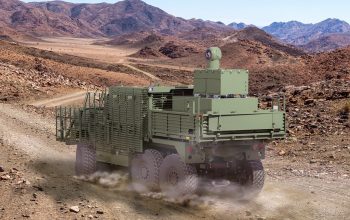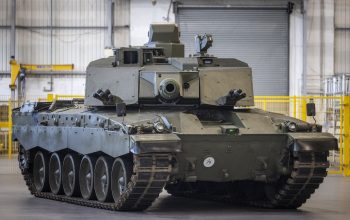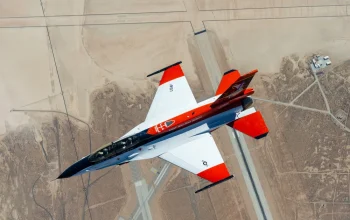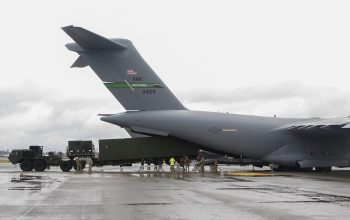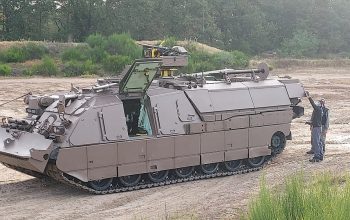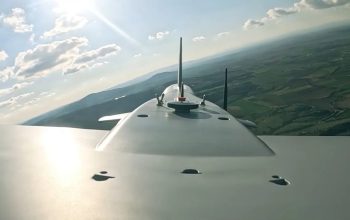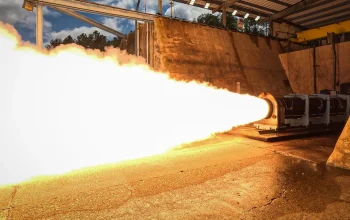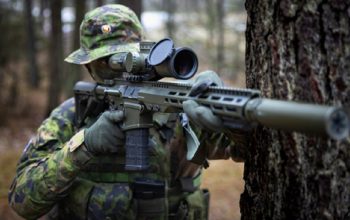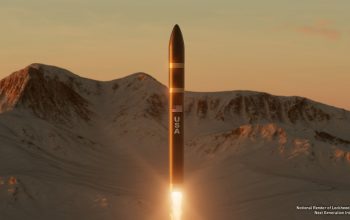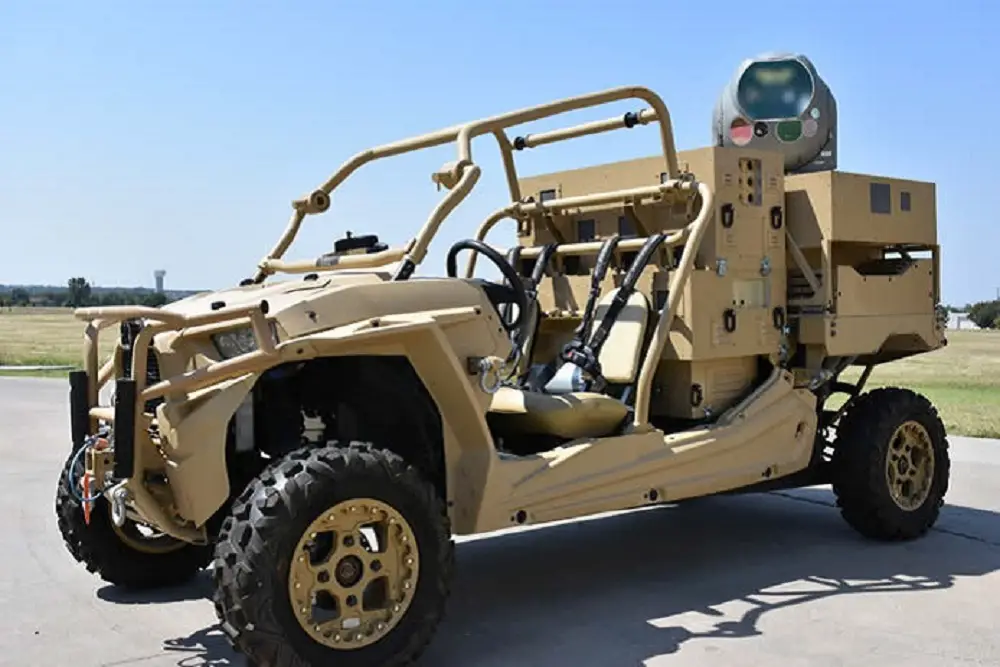
In a windowless room on Raytheon’s campus in McKinney, Texas, a small team of blue jean-clad engineers and physicists is doing something that’s never been done before. They move back and forth between computer screens and a vehicle that looks like it’s straight out of Mad Max. The team is combining a high energy laser with an advanced variant of Raytheon’s Multi-spectral Targeting System – a sophisticated package of electro-optical and infrared sensors – and installing it on a Polaris MRZR, a small, all-terrain vehicle. In an homage to Austin Powers, Art Morrish, vice president of Advanced Concepts and Technology at Raytheon Space and Airborne Systems.
The idea grew out of a meeting with Raytheon’s CEO and Chairman Tom Kennedy earlier this year. Kennedy told Allison and Morrish that an allied nation had recently used a Patriot missile to shoot down a cheap, store-bought UAS that was outfitted with a grenade-like munition. That cost-to-kill ratio is high, but the threat is clear. The cost of these hobby drones has become cheaper and cheaper. While they become more inexpensive, they have become more sophisticated at the same time. They are very easy for bad guys to get their hands on. Take the recent Mosul siege for example, ISIS used waves of small drones to attack Iraq’s security forces.
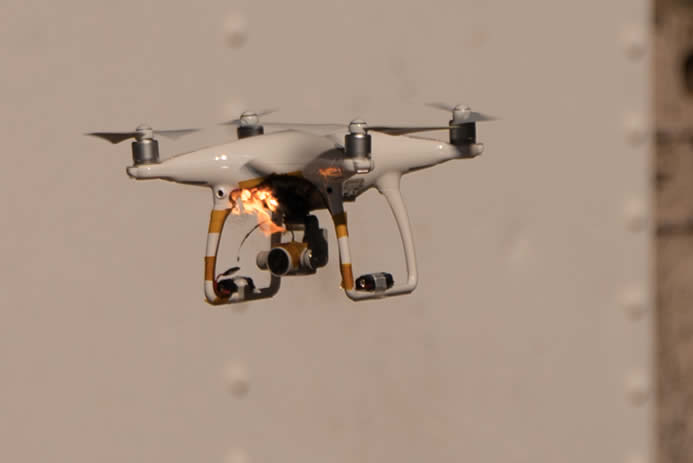
The team first looked at putting its laser on a standard-size military container, but soon realized it only took up a quarter of the available space. At the same time, an undisclosed customer was exploring ways to put a laser weapon system on vehicles small enough to fit in an airplane’s cargo bay or inside a helicopter. The system is standalone, with a footprint of roughly 30 square feet. On a single charge from a standard 220v outlet, the same kind you plug your washing machine into at home, the HEL system onboard the Polaris MRZR delivers four hours of intelligence, surveillance and reconnaissance capability and 20 to 30 laser shots. The system can also be coupled with a generator to provide virtually infinite magazine depth. In this configuration, the MTS provides its standard setting ISR and tracking capabilities while also serving as a beam director.
Raytheon high-energy laser weapon system has targeted, tracked and engaged multiple Class I drones and other targets from the back of a Polaris MRZR all-terrain vehicle. This is an outstanding solution to immediately provide U.S. forces with more options to protect the force from these proliferating flying threats. The Polaris Defense MRZR will be able to reach teams in remote areas with difficult terrain and provide them a laser weapon for their arsenal. Delivering 20 to 30 blasts on about the same electricity as your fridge, recent reports suggest the system can already detect an enemy drone at more than 16,400 feet to blast it out of the sky.


